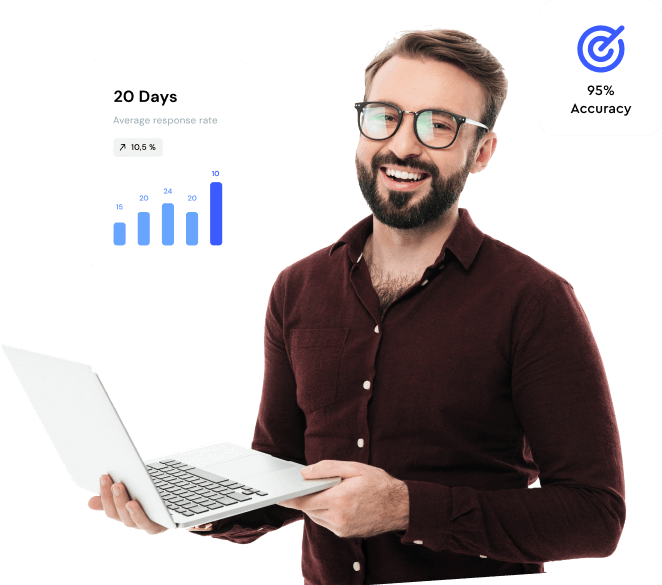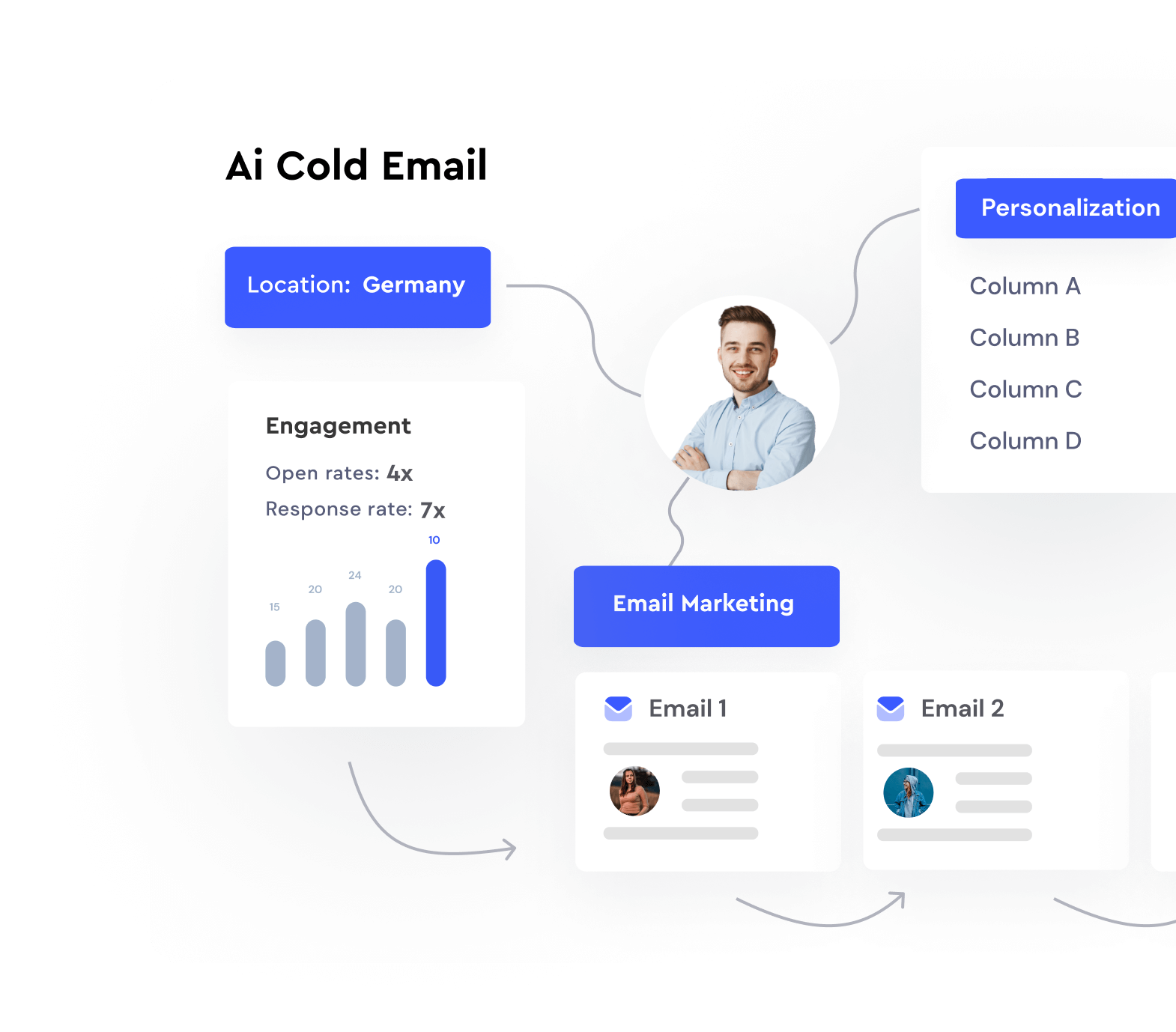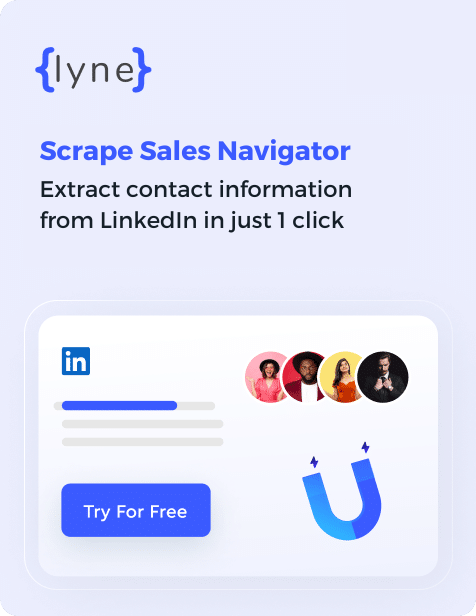10 Common Buzzwords in B2B Sales: What They Mean and How To Use Them
Updated: December 20, 2021
Contents
Buzzwords make it easier to understand and talk about a certain topic. If you’ve worked in B2B sales, then you know that there are many different buzzwords that come up. Sometimes, they can be confusing to follow or understand.
That’s why we’ve compiled a guide on the most popular buzzwords in B2B sales. Here, you will learn what these terms mean and how they are used in the industry. It also includes tips on how to use these buzzwords correctly in your next sales pitch.
Introduction
Buzzwords are used to describe what’s happening in the industry. They are words that are frequently repeated, but they can be confusing to use correctly.
Buzzwords are trendy words that convey sentiments and describe current events or ideas. They can also be used to describe what’s happening in the industry..
Buzzwords are used to describe what’s happening in the industry. They are words that are frequently repeated, but they can be confusing to use correctly..
If you’re not sure what a buzzword means, don’t worry! We’ve included a glossary of the most common B2B sales buzzwords. It will help you understand what these terms mean and how they are used in the industry..
We hope this glossary will help you understand the most popular buzzwords in B2B sales..
A List of 10 Buzzwords in B2B Sales
1. Decision maker
A decision maker is the person who has the ability to approve a purchase of a product or service. It’s important to understand who your decision maker is and what they need from you.
2. Qualified lead
A qualified lead is a lead that is qualified to buy your product or service.
3. Tactic
A tactic is a method or plan for achieving a goal. In sales, there are many different tactics for achieving a goal: like cross-selling, upselling, and prospecting.
4. Lead
A lead in B2B sales is a contact in the sales cycle that is interested in your product or service. A lead can be qualified or unqualified depending on whether they are qualified to buy your product or not.
5. Lead score
Lead Score is a term used when you calculate how much of a lead’s information you have received and how they match up to the criteria you have set up in order to be considered a qualified lead.
6. Channel
A channel is a way to communicate with your audience: like through social media, email, and even phone calls.
7. Marketing automation
Marketing
Qualification
If you’re not familiar with the term qualification, it refers to the process of finding out how much interest a lead has in your product or service. This is typically done by asking questions like “What are the biggest challenges your company is facing?” or “What are your goals for the next quarter?”
Qualification is important because you want to make sure you’re talking to someone who will become a customer. It’s important to ask these types of questions during sales interactions because it helps you understand what this particular lead needs.
It’s always better to qualify a lead before they become a customer because it will save you time and resources. It also helps prevent potential problems that could arise, like sending marketing materials to someone who is not interested.
Qualifying is important because it helps your business avoid bad leads—and it provides more qualified leads for the rest of your business.
Demo
This word has different meanings depending on the context. It can refer to a demonstration of something or it can refer to an act of showing off.
When used in the context of B2B sales, demo refers to an act of showing off. Salespeople use demos to show off their products or services. The goal is to establish a service level agreement and a contract in a short amount of time.
The demo can be in person or online. In in-person demos, the salesperson will walk the potential buyer through the product or service to establish a relationship. In an online demo, the salesperson will show how to use the product or service in person via Skype, FaceTime, or other video calling software.
Tips for Using Buzzwords
If you find yourself in a meeting with a lot of buzzwords flying around, don’t be discouraged. It’s easier than you think to keep up with these terms when you know what they all mean.
Here are a few tips for using these buzzwords in your next meeting:
Use them when you’re speaking with your peers in the industry.
Ask your manager if you have any questions about them before using them during a sales
Sales Quote
Sales Quote: A quote is the price that a supplier offers for a good, service, or product. It is typically offered with a discount associated with it. This price is often negotiable depending on the size of the purchase.
Quote
A quote is the price that a supplier offers for a good, service, or product. It is typically offered with a discount associated with it. This price is often negotiable depending on the size of the purchase.
Productivity
One common buzzword in B2B sales is productivity. This term is used to describe the efficiency and effectiveness of a company.
Unfortunately, there is no one definition of what productivity is for every company. But there are some ways to see if your company is productive:
If your company is working with a long-term strategy, then you are likely productive.
If you have a good relationship with your employees, then you are likely productive.
If your company has a long-term goal, then you are likely productive.
If you have a good relationship with your suppliers, then you are likely productive.
If you have a good relationship with your shareholders, then you are likely productive.
There are many different factors that make up productivity. However, these tips provide a good starting point for determining the productivity of your company.
Close the loop
Close the loop is a term used for taking an item from an open-loop process, like sourcing or manufacturing, and completing it to make it ready for delivery. This can be done by adding labels, packaging, or any other component needed to make the product complete.
Close the loop is important because it helps to ensure that all the necessary components are accounted for before the product is delivered. This way, there are no problems with mismanaged inventory or shortages.
If you are working in B2B sales, then you will want to incorporate this term into your vocabulary. When people are talking about closing the loop, they are referring to controlling inventory and making sure everything is accounted for before it’s time to deliver.
Cold call
The term cold call typically refers to the act of making a phone call to a lead you haven’t talked to before. It can also refer to making a contact with another company to get information.
Many people get cold calls from sales professionals, and it can be an annoyance. However, you can prepare for it and handle it well. If you get a cold call, it’s important to be polite and give them a chance. They might be the lead you’ve been waiting for!
If they’re not, tell them politely that you’ve got other things to do and hang up. You don’t want to waste their time or your time.
For more tips on how to make the best of cold calls, check out this article!
Pipeline
Pipeline is the series of steps that happen between the moment when a lead becomes a prospect and the moment they become a customer. This is what you would call the sales funnel.
If you’re not familiar with sales funnels, think of it like this: You have an endless number of prospects who are interested in your product.
These prospects will be in the top part of your sales funnel, which is called “cold prospects.” As you move down your sales funnel, your prospects will become more qualified and interested in your product.
Eventually, they’ll reach the bottom of your sales funnel, which is called “hot prospects.” These are qualified prospects who are ready to buy.
Pipeline is usually measured in units, like units per day or units per month.
This measurement will tell you how many customers you’re generating per day or month.
If you generate five units per day, then that tells you that you’re generating five customers per day.
Follow-up email
The follow-up email can be used to encourage your prospects to buy your product, or to answer any questions they may have. It’s important to remember that the follow-up email is not another sales pitch. It’s more of a customer service email.
If you’re promoting a product, the follow-up email is best sent one day after your initial email. This will give your prospect time to review their purchase and decide if they want to buy the product. If you’re answering questions, send the follow-up email a few days later—basically, whenever you feel like the prospect needs more information. Remember that a follow-up email should be a concise note that answers one question.
To make sure you’re using this word correctly, remember that it’s an email sent to a prospect who has already been in contact with you about their interest in your product or service. The follow-up email is meant to provide more information or encourage them to make a purchase.
Call to action and close of sale
The close of sale is when you’ve finished your pitch and are awaiting a response. You’ve convinced your potential customer of your product or service, so they are ready to buy.
At this point, you have two options.
One is to say, “Do you have any questions?” or “Do you have any other thoughts?” This is called the call to action. It means you want the customer to come back to you with questions about their purchase.
The other option is to say, “Would you like to buy this product today?” This is called the close of sale. It means you want the customer to make the purchase on the spot.
Choosing which one is best for your business depends on how much information the customer needs before making a decision. Remember, if you are in a hurry, then go with the close of sale. If you are more patient, then go with the call to action.

Personalize cold emails at scale without the hard work
Personalize at Scale with Lyne.ai
Lyne offers sales personalization and automation at scale






